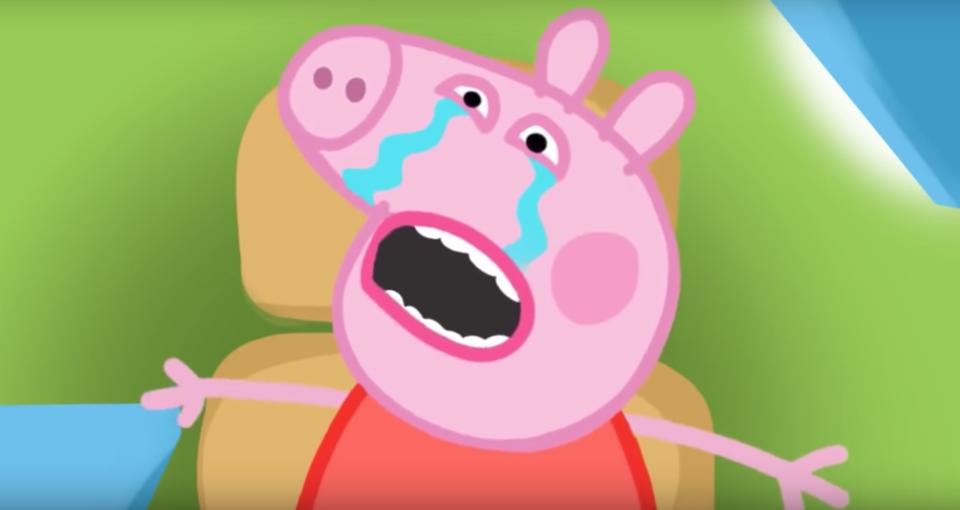Disturbing, fake YouTube shows fool kids for more clicks
A new study wants to identify these videos to help keep younger viewers safe.
We want our kids to use the internet, sure, but we want them to do it safely. No one wants young children to deal with inappropriate content, like fake Peppa Pig or Doc McStuffins videos. Unfortunately, it's increasingly difficult to police all of the various services and apps that our children use, including YouTube. A new study performed by researchers from the US, UK and Brazil analyzed YouTube videos from all three regions that had been viewed more than 37 billion times. They found that children are increasingly exposed to videos containing advertising and disturbing images that are indistinguishable from regular kids' programming. The study also found that children younger than the "allowed" ages around the globe are accessing YouTube, many through their parents' accounts.
The researchers wanted to know more about how YouTube channels were targeting children, as well as how kids interact with channels and videos, via comments. The team was looking for patterns in content from the most recurrent videos, the types of kids watching the videos and what kinds of products were marketed to specific genders, ages and ethnicities of children. If we can figure out what's happening in the YouTube space around targeted kids advertising, then we can possibly combat it. The scientists collected data from 12,848 videos from 17 channels across the US and UK, along with 24 channels from Brazil. The English-language channels had been viewed more than 37 billion times. The team also analyzed more than 14 million user comments from the videos.
The authors of the study conclude with a discussion of Google's age requirements, which restricts use of YouTube to those 13 and older in the US, 14 or older in Spain and South Korea and 16 or older in Netherlands. Brazil restricts YouTube to those 18 and older. According to this study, kids younger than these ages are using YouTube; Google needs to deal with this issue of compliance.
A Google spokesperson responded to our request for comment. "In order for YouTube to be available for free, and accessible to everyone, and also to ensure that creators are paid for their content, we show ads," they said in an email. "Users under 13 should use YouTube Kids - a free app built for families - which excludes certain categories of ads to ensure an age-appropriate experience. All adverts in the UK are also regulated by the ASA and we work closely with the advertising industry to ensure young people understand the nature of advertisements."



